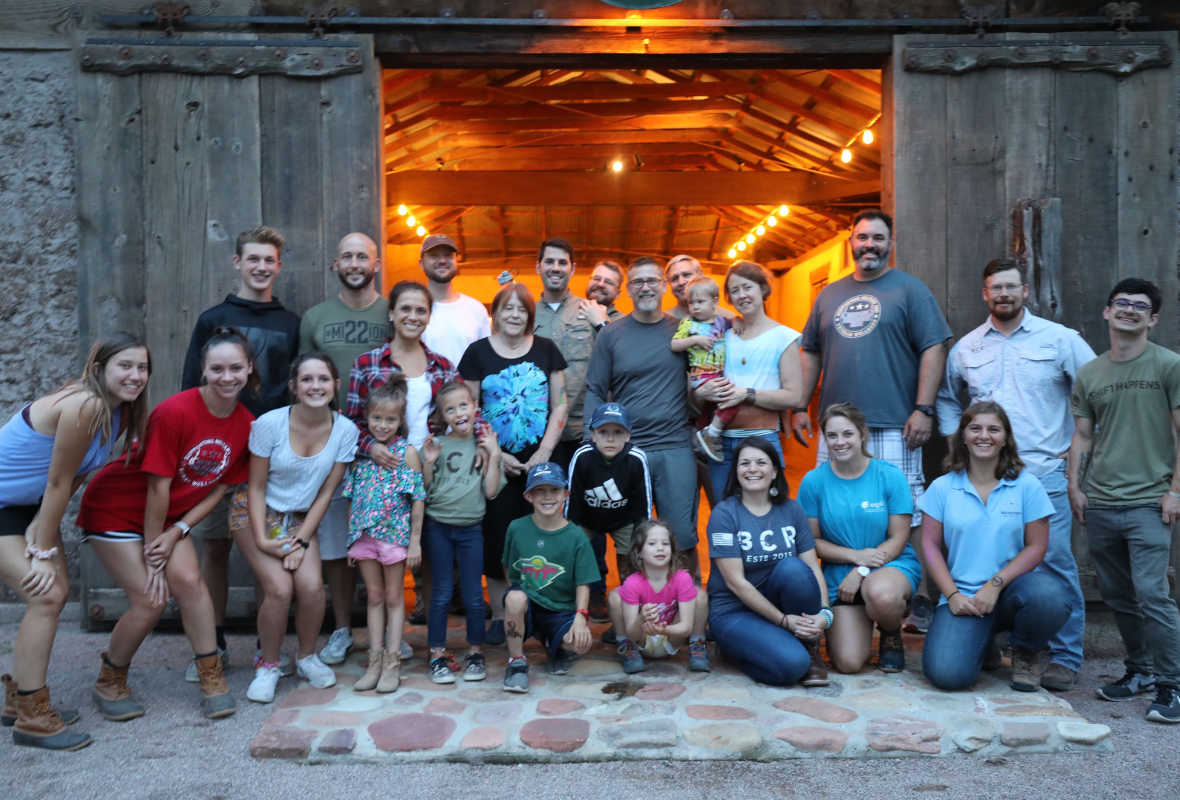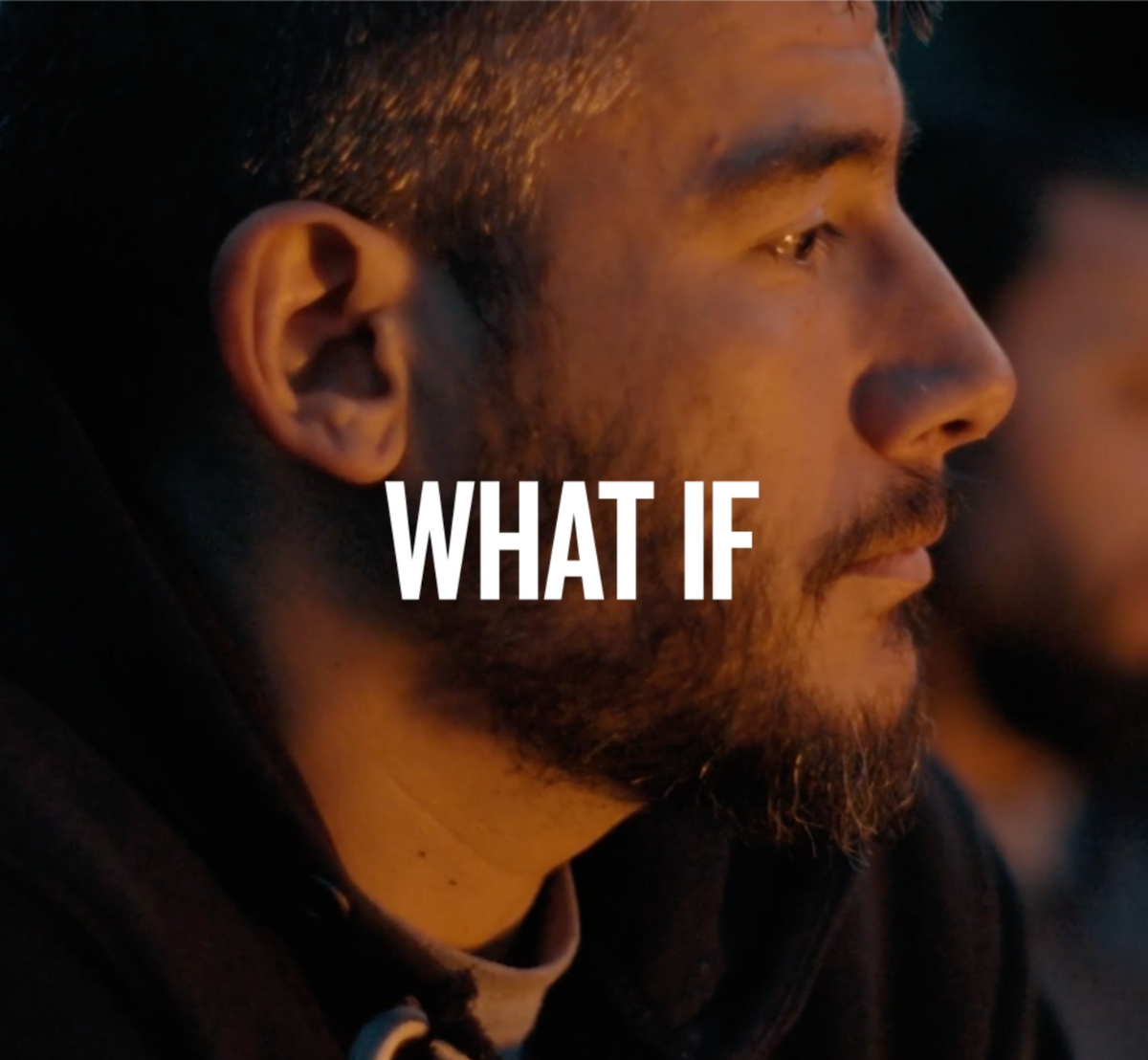Rich and Lawrence’s journey started with a key question: Where does wisdom come from? What they learned is captured in the words of the ancient Greeks – all great wisdom comes from suffering.
Posttraumatic growth – or PTG is two things – a process that helps us grow in the midst of stress, struggle, hardship, and trauma – and a series of outcomes where we grow.
I want to focus now on the process and the five phases of PTG, which enable us to walk the path from struggle to strength and to experience Posttraumatic growth. These five phases are grounded in an environment of trust and connection.
When we have people in our lives that allow us to ask hard questions, that can handle the ups and downs that come with struggle, and that don’t judge us, we begin the process of PTG and the journey of personal growth. As the saying goes, I have to do this on my own but I cannot do this by myself.
The first phase of the PTG process is education. Through this process, our minds begin to cultivate an acceptance of the normal and painful impacts that struggle has on our lives, and in turn we learn about the possibilities of growth in the aftermath of such struggle. This learning normalizes what we experience and reduces the fear and shame that is an inevitable part of times of difficulty. It reintroduces hope into our lives and helps us realize that how things are, isn’t how they have to be. This reminds us that we are not irreparably broken and that good things truly can happen after really bad things.
The second phase of the PTG process is regulation. As Aristotle said, ‘Educating the mind without educating the heart is no education at all.’ With the help of trusted people and wellness practices, we can cultivate a sense of calm, clarity, and connectedness, which gives us the space to reflect and to respond rather than to react to all that we are navigating. This space enables us to regain a sense of control in our lives and to regain the ability to make conscious choices about what will happen next.
The third phase of the PTG process is disclosure. With the hope that comes from learning about PTG, and the calm and clarity that’s afforded by regulation, we can begin to reflect upon and disclose about the struggle and hardship and trauma that we’ve experienced – and more importantly, the impact that those things have had on us in three areas – what we believe about ourselves, what we believe about others, and what we believe about the world and our future in that world. This is where having trusted people in our lives makes such a critical difference.
The fourth phase of the PTG process is storing. Doing the hard work of education, regulation, and disclosure gives us fresh visibility on that story and a fresh perspective, and it affords us the strength to pick up the pen and begin to write a new chapter, because our story is not yet fully written.
The fifth phase of the PTG process is service. By making sense of our experiences, we can develop the willingness and courage to share our lessons with others, enriching their lives and helping them to struggle. We also realize, because others have been there for us, how critical it is to give back and make a positive impact in the lives of others. In the process, they grow, and so do we. As people struggle to strength within and across the phases of PTG, through patience and persistence, they’re transforming their deep struggle into profound growth and are recognizing how they can live a life that’s filled with hope and purpose again.

